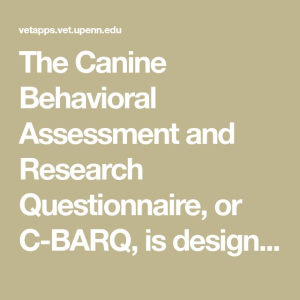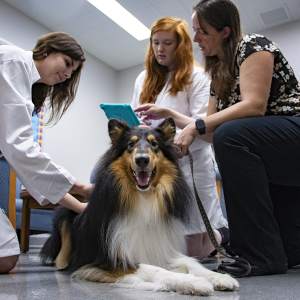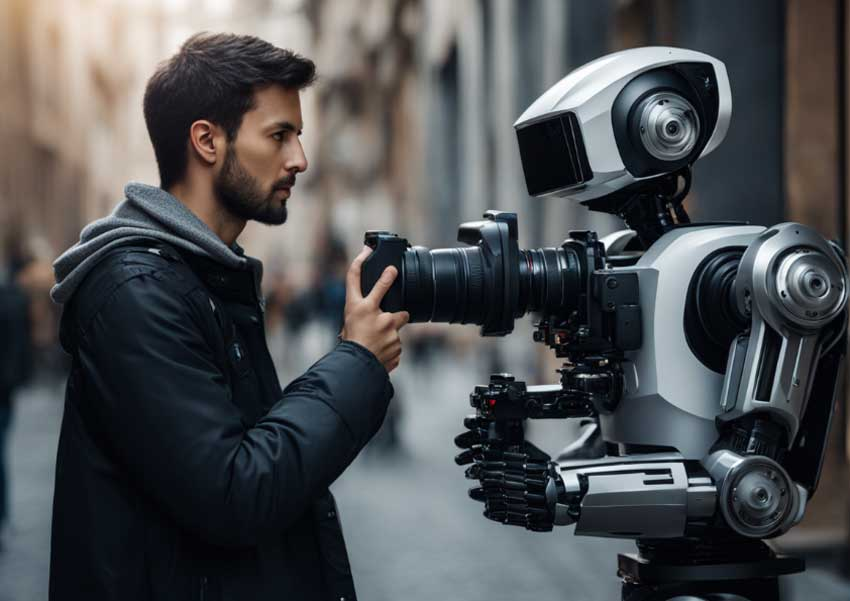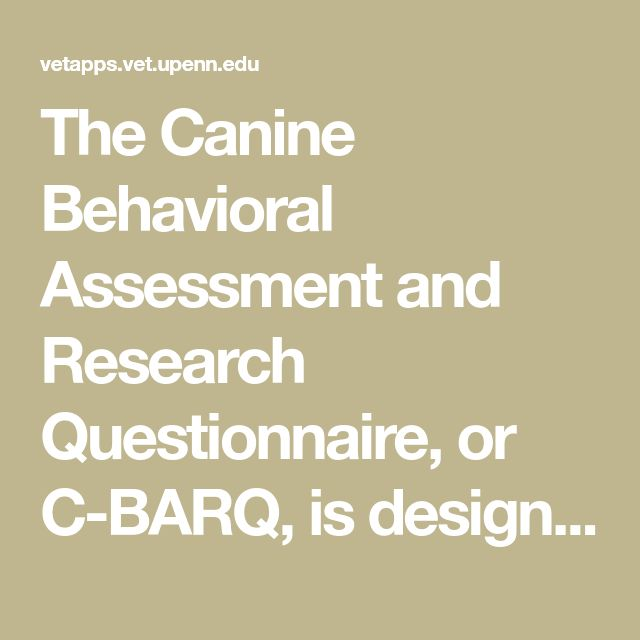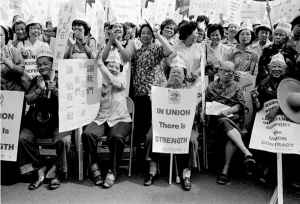AI in photojournalism is rapidly reshaping how we capture and interpret visual narratives in a world flooded with digital imagery. While concerns about the authenticity of photographic content grow amid the rise of synthetic images, innovative minds like Kira Pollack are exploring the potential of photojournalism technology to preserve and enhance the visual storytelling landscape. By leveraging AI to catalog and protect extensive photo archives, these efforts could ensure that the rich history documented by photojournalists remains accessible and intact. The impact of AI on photography could redefine our understanding of truth and memory in visual communication, transforming how images convey the breadth of human experience. As we navigate this critical junction between creativity and ethical considerations, the intersection of AI and photojournalism promises to ignite a powerful dialogue about the future of visual storytelling.
The integration of artificial intelligence into the realm of visual reporting represents a groundbreaking shift in how images are produced and preserved. As the line between reality and visual fabrications continues to blur, the focus on innovative technologies in photography can aid in safeguarding the essence of our visual history. Prominent figures like Kira Pollack are at the forefront of this movement, utilizing modern advancements to tackle the challenges faced by photojournalists in the digital age. This exploration of machine learning and image archiving underscores the urgency of preserving the rich legacies of those who have documented critical moments in our past. Embracing this new era of photojournalism technology not only enhances storytelling but also fosters a deeper appreciation for the art of photography as it evolves.
The Role of AI in Photojournalism
Artificial Intelligence (AI) is rapidly transforming the landscape of photojournalism, bringing both unprecedented opportunities and significant challenges. Kira Pollack highlights this duality, suggesting that while AI threatens the integrity of visual storytelling, it also possesses the potential to safeguard invaluable photo archives. With AI tools capable of analyzing and contextualizing images at scale, there is an opportunity to protect the visual records that document historical events, especially when traditional archiving methods fall short. This is particularly pertinent as many iconic images from past crises remain unseen, trapped in the vast repositories of photographer archives.
As photojournalists confront the existential threat posed by AI-generated content, incorporating AI technology into their workflows could prove essential. By employing AI to catalog and organize their extensive bodies of work, photographers can ensure that their stories are not lost to the annals of history. Moreover, leveraging AI for visual storytelling allows for a richer understanding of images, enhancing the narrative context essential for conveying truth. Ultimately, the integration of AI in photojournalism could serve as a bridge, connecting the critical need to preserve visual history with the possibilities of innovative technology.
How AI Can Preserve Photo Archives
The preservation of photo archives is a pressing concern for many in the field of photojournalism, as Kira Pollack illustrates in her fellowship at the Shorenstein Center. With traditional methods faltering in the face of rapid technological change, there is a pressing need for innovative solutions to ensure that the rich history captured through these images does not fade away. By employing AI technology, photojournalists have the potential to unlock and breathe new life into their archives, making them accessible to a wider audience while highlighting the emotional and contextual depth of each image.
AI’s capacity to interpret complex imagery and provide nuanced commentary could revolutionize the way archives are handled. For example, case studies involving Christopher Morris’s war photography demonstrate how AI can analyze images and provide insights—a level of detail that human cataloging might overlook. This not only preserves the visual record but also enhances public engagement with historical content, allowing future generations to better understand the world through the lens of historical events captured by photojournalists.
Kira Pollack’s Vision for the Future of Image-Making
Kira Pollack’s tenure in high-profile positions at renowned publications has provided her with a unique perspective on the evolution of photography. With her involvement in the Shorenstein Fellowship, she is focused on exploring how AI can contribute positively to the future of visual storytelling. Rather than resisting technological advances, Pollack promotes a more thoughtful engagement with these tools, emphasizing the importance of maintaining core values in photography—truth, authorship, and memory. Pollack’s vision is not only about adapting to technology but about shaping its integration into the photojournalism community.
Pollack’s insights reveal a critical understanding of the intersection between technology and ethics in photography. As she navigates these new frontiers, her hope is to guide fellow photojournalists in harnessing AI’s capabilities without compromising the integrity of their work. By fostering dialogue among technologists, ethicists, and journalists, Pollack aims to create frameworks that empower photojournalists to use AI responsibly, ensuring that the visual legacies of the past are preserved authentically while adapting to a rapidly changing digital landscape.
Navigating the Ethical Implications of AI in Photography
The rise of AI in photography raises important ethical considerations about authenticity and ownership. As Kira Pollack notes, the rampant creation of synthetic images poses a threat to the foundation of photojournalism, which relies on trustworthiness and real-life documentation. This seismic shift compels photographers and the industry at large to rethink how images are created, disseminated, and preserved. The concern over copyright infringement and unauthorized use of photographers’ work for AI training underscores the urgency of addressing these ethical dilemmas.
Working towards solutions that both utilize AI and uphold the sanctity of authentic photojournalism is crucial. Pollack’s research focuses on establishing ethical standards for using AI in the preservation of photo archives, ensuring that the integrity and intent of the original photographers are honored. By navigating these complex conversations, the photography community can strike a balance that leverages the strengths of AI while mitigating its potential harms, ultimately reinforcing a commitment to visual truth and responsible storytelling.
The Emergence of Visual Storytelling AI
The concept of Visual Storytelling AI represents a burgeoning field where technology meets narrative depth. As Kira Pollack examines, utilizing AI in this way can elevate traditional photojournalism, enabling stories to be told with new dimensions. This approach goes beyond displaying images; it involves creating immersive experiences that draw audiences into the narrative, enhancing engagement and understanding. For instance, AI can analyze historical narratives embedded in photographs and present them dynamically, allowing viewers to connect emotionally with the content.
This transformation invites a rethinking of what constitutes storytelling in the digital age. By embracing AI, photojournalists can curate their works in more sophisticated ways, ensuring audiences have access to the rich context that accompanies powerful imagery. Pollack envisions a future where Visual Storytelling AI is an integral part of the profession, not just as a tool for enhancing creativity but as a means of deeply engaging with the audience, preserving the stories of our time.
Impact of AI on Photography: A Double-Edged Sword
Even as AI presents new possibilities for the field of photography, it simultaneously poses significant risks that cannot be ignored. As Kira Pollack articulates, the capability of AI to produce photorealistic images without the need for actual photography threatens traditional practices and raises questions about the definition of real photography. The fear of losing the essence of visual storytelling due to synthetic images proliferating in public spaces is a significant concern among photojournalists, who rely on authenticity to deliver impactful narratives.
However, recognizing AI’s dual role can help the photography community adapt and thrive. Enhancing photojournalistic practices with AI tools to streamline workflows and innovate storytelling could provide a competitive edge in the current digital landscape. By understanding both the benefits and pitfalls of AI, photographers can navigate this dual-edged sword effectively, preserving the authenticity of their craft while embracing technological advancements to further their reach and influence.
Creating a Collaborative Future in Photography
The future of photography hinges on collaboration between human creators and technological advancements. Kira Pollack’s work highlights the potential benefits of a partnership between photojournalists and AI, demonstrating that the integration of technology can lead to enhanced storytelling and preservation opportunities. By fostering collaboration, the industry can cultivate a supportive environment where both traditional and innovative approaches coexist, enabling photographers to adapt while maintaining the core values of their craft.
This collaborative future also involves broader conversations with various stakeholders, including technologists, policy makers, and ethicists, to ensure that the deployment of AI in photojournalism aligns with the ethical standards and creative integrity of the profession. Pollack’s vision encourages a collective effort to shape the future of photography positively, using technology to amplify voices rather than diminish them. Through unity and shared purpose, the photography community can navigate this evolving landscape while remaining committed to preserving visual truths.
The Importance of Educating Future Generations in Photojournalism
As the landscape of photojournalism transforms, educating future generations about the intersection of AI and photography is crucial. Kira Pollack emphasizes the importance of fostering an informed approach to understanding new technologies within the context of visual storytelling. By instilling knowledge about both the opportunities and ethical challenges posed by AI, upcoming photojournalists can navigate their careers with awareness and resilience, making conscious choices about the tools they utilize.
Institutions and educators have a vital role in shaping this understanding, encouraging critical thinking and ethical considerations in the use of technology. By integrating these discussions into education programs, the next wave of photojournalists will be better equipped to embrace the change while preserving the integrity of their work. The future of photojournalism relies on nurturing responsible storytellers who can leverage AI’s capabilities to enhance their narratives while honoring the historical significance of the images they capture.
Frequently Asked Questions
How is AI impacting photojournalism technology?
AI is significantly impacting photojournalism technology by introducing advanced tools for image processing, aiding in the preservation of photo archives, and enhancing visual storytelling. However, it also raises concerns regarding authenticity, copyright violations, and the potential blurring of real and synthetic images.
What role does Kira Pollack play in the future of AI in photojournalism?
Kira Pollack, an Emmy award-winning visual storyteller, is researching ways to leverage AI to protect the vast archives of professional photojournalists. Her work focuses on using AI to catalog, organize, and contextualize images, ensuring they retain their value and integrity as a visual record of history.
Can AI help preserve photo archives in photojournalism?
Yes, AI has the potential to assist in preserving photo archives by facilitating better organization, making images more discoverable, and helping to maintain the context and authorship associated with each photograph. This approach aims to protect the integrity of photojournalism while utilizing technology effectively.
What challenges does AI pose for photojournalism?
AI poses several challenges for photojournalism, including risks related to copyright infringement, the potential for misinformation through synthetic image generation, and the erosion of public trust in visual media. These challenges require careful navigation to ensure the core values of photojournalism are upheld.
How can AI enhance visual storytelling in photojournalism?
AI can enhance visual storytelling in photojournalism by analyzing complex images for deeper insights, identifying emotional and contextual elements, and allowing for immersive storytelling that is interactive and engaging. This transformation could make historical photo archives more accessible and impactful for the audience.
What ethical considerations surround the use of AI in photojournalism?
The ethical considerations surrounding AI in photojournalism include ensuring that AI models are not trained on copyrighted images without consent, protecting photographers’ rights, and addressing the potential consequences of using AI-generated content that may misrepresent reality. Ethical frameworks must guide the responsible use of AI technology.
How is the Shorenstein Fellowship contributing to the discussion on AI in photojournalism?
The Shorenstein Fellowship, through Kira Pollack’s research, fosters critical dialogue among technologists, ethicists, and journalists about the implications of AI in photojournalism. It aims to explore how AI can support the preservation of visual truth while confronting the challenges and questions that arise from the technology.
| Key Point | Details |
|---|---|
| AI as a Threat and Opportunity | AI technology threatens photojournalism through copyright violations and synthetic images, yet it also has the potential to enhance archiving and protect visual integrity. |
| Kira Pollack’s Role | Kira Pollack, a leading visual storyteller, is exploring how AI can be leveraged to preserve photojournalistic archives amidst the challenges posed by new technologies. |
| The Importance of Archives | Pollack emphasizes that archives are vital records of historical events, yet 95% of photojournalistic images remain unpublished. AI may help catalog and contextualize these important works. |
| Case Studies with AI | Pollack conducted case studies using AI to analyze images from conflicts, revealing AI’s ability to interpret complex visuals accurately. |
| Ethical Use of AI | The conversation about AI in photojournalism encompasses both the risks to trust and ownership, and the potential for AI to preserve real images responsibly. |
| Collaboration for Insight | Engaging with technologists and ethicists, Pollack aims to explore how AI might uphold the core values of photography: truth, authorship, and memory. |
Summary
AI in photojournalism represents both a significant challenge and an unprecedented opportunity for preservation and innovation. Kira Pollack’s pioneering research illustrates that while AI threatens the integrity of visual storytelling through potential misinformation and copyright issues, it also holds the key to safeguarding the vast archives that document our world. By harnessing this technology responsibly, photojournalism can not only protect its legacy but also embrace a future where authentic visual narratives thrive in the digital age.


